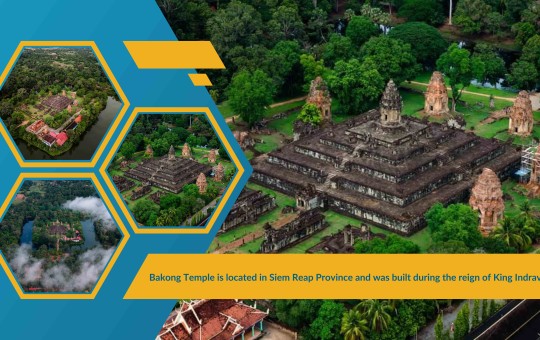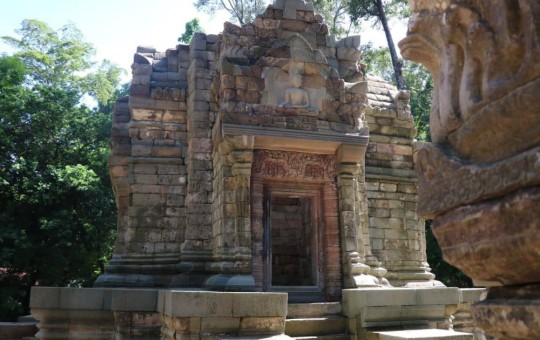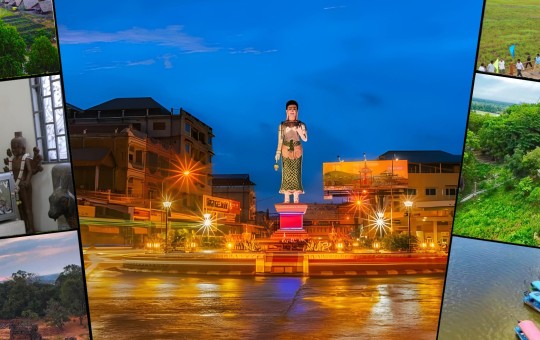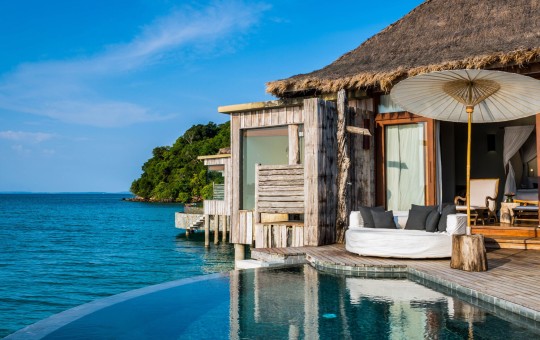
Tbong Khmum to be next temple tourism destination
Upgraded and increased awareness of the Luong Preah Sdach Korn Heritage Site in Ponhea Kraek district may seek to turn the region into a resort destination for travellers embracing the historical legacy that the sites represent for the Khmer culture; but also an increasingly large international audience’s fascination with the history of the Angkor Empire and beyond.
By bringing new life to the temple site through renovation and publicity, Tbong Khmum Provincial Department of Tourism, may create another link to the nation’s greater tourism traffic, a lot of which is centred around Siem Reap and the Angkor Wat temple complex. Meanwhile, a new awareness of the site preserves its cultural legacy for a new generation.
The site is the place of the former capital, and dates back to the sixteenth century, with a long history since. Considering its age, the site has remained in relatively good condition.
According to regional history, King Korn (Sdech Kan or Sdach Korn; also known as Srei Chettha II or Srei Chetha Thireach Reameathiptei) established the pagoda and laid a large black gold Buddha statue at the location.
King Korn reigned after the decline of the Khmer Empire, and defended the area from his heavily fortified pagoda. Each corner of the temple accordingly exhibits wide fortifications on its four corners measuring 2,500 square meters each, a remnant of the King’s defences.
King Korn is recalled as a commoner who grew up among the royal class, who later in his life overthrew an unpopular king through an insurrection, and heralding a new era of peace by creating a new dynasty. He was also said to have introduced the first national currency and lowered taxes to the crown. Although he failed to realize this ambition, ultimately, King Korn was one of the most interesting figures in the Kingdom’s history.
Importantly, the development of the region can not only help to protect the beauty of the local environment and grounds, but also create a long-term sustainable business opportunity for those of the region and greater industry, said Ho Vandy, an adviser to the Cambodia Association of Travel Agents (CATA), to local media in September.
Vandy noted that “creating a cultural space at the location will help sightseers gain deeper insights into Cambodian history,” meanwhile, by restoring and maintaining the grounds and remnants of the temple complex and increasing the area’s value as a scenic tourism destination, along with increasing awareness of the site, historical sites such as the Luong Preah Sdach Korn Heritage Site provide long-term economic benefits for the area and a greater tourism economy.
However, the site is not the only one of importance and grandeur in Tbong Khmum, suggesting a wider offering for potential tourists.
Tbong Khmum province is also home to the majestic citadel of Banteay Prei Nokor. This relatively unknown tourist treasure is a complex and highly decorated 2.5 square kilometre arena, surrounded by a moat.
The monastery grounds, additions of statues and complete restoration of the Banteay Prei Nokor site were done so with the sponsorship of then Prime Minister Hun Sen.
The temple’s original construction is said to date back to the seventh century, however, historical records suggest the site remained important around the sixteenth century, at the time of Luong Preah Sdach Korn’s construction.
It was said to be the first base or capital of King Korn and accordingly, a statue of the sixteenth-century King can be seen on the monastery grounds at Banteay Prei Nokor.




